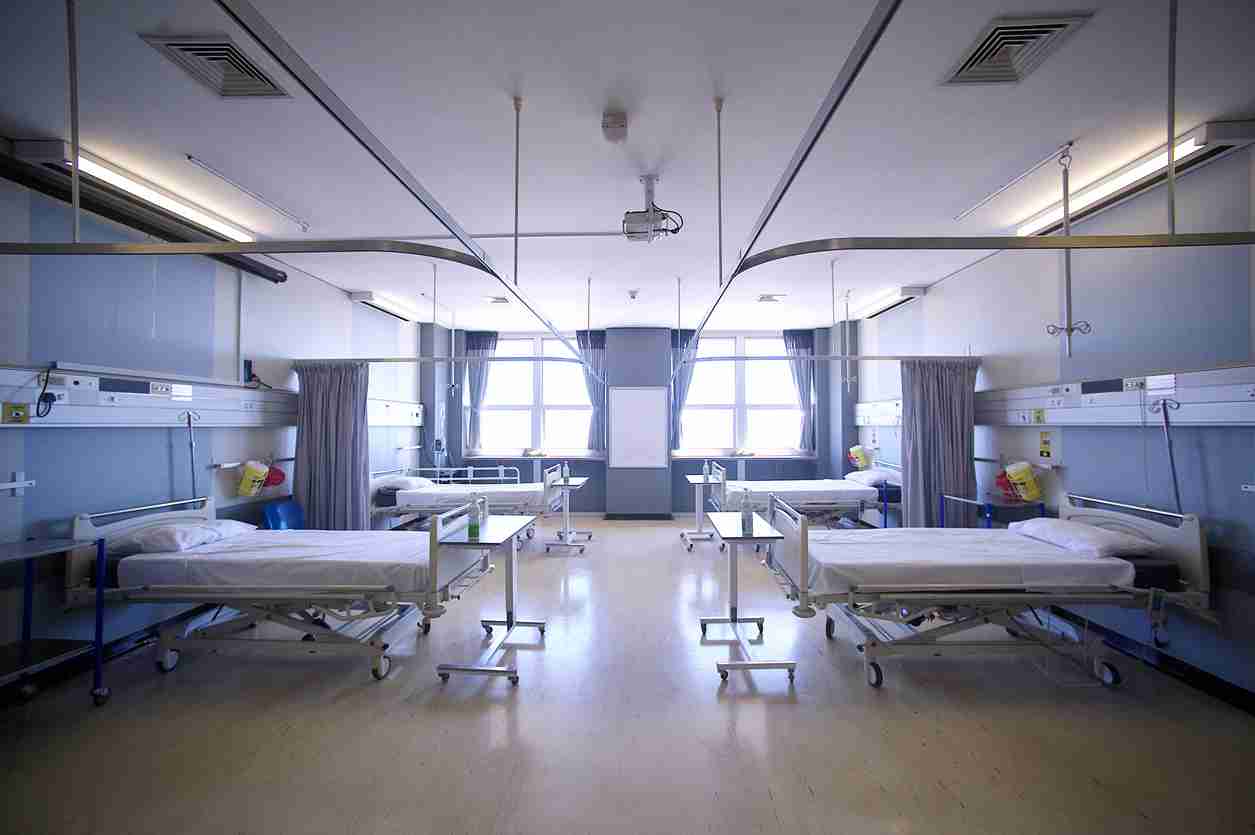
According to a recent report by the American Hospital Association, the healthcare industry in the US will face a shortage of up to 124,000 physicians by 2033, with a requirement to hire at least 200,000 workers a year to meet rising demands.
For the last twenty years, the rising population, increased demand on our healthcare facilities, and the rigorous training and financial costs have made recruitment a particularly slow burn. But while the figures for the next ten years are concerning, they don’t necessarily tell the whole story.
The Good News
For starters, while there is a substantial staffing crisis in the US, there is also a growing recognition of that crisis, which is leading to concerted efforts to address it.
As a result, specified healthcare recruitment organisations are becoming more widely utilised, with healthcare facilities using a physician staffing company to increase their efficiency and pass on the burdens of top-quality medical recruitment to a specific body.
As well as this, federal and state governments are implementing policies and initiatives to mitigate the shortages – for instance, increasing funding for expanded medical residency programs, which opens up more opportunities for new medical graduates and addresses the bottleneck in physician training.
Moreover, educational institutions are creating more flexible and accelerated pathways to medical careers, helping to bring qualified professionals onto the scene more quickly.
Technology is also playing a crucial role in easing some of the staffing burdens. Telemedicine, for instance, has become a vital tool which allows healthcare providers to reach more patients in underserved areas.
With artificial intelligence and automation also developing at a rapid pace, more hospitals are able to streamline their administrative tasks, reducing the overall workload and allowing physicians to focus more on patient care.
The Bad News
This isn’t to say the story of medical staffing is a completely positive one. Despite many of the efforts mentioned above, there are still significant physician and nurse shortages, with the ageing US population continuing to outpace the supply of new professionals in the workplace.
Burnout and attrition is also a problem, with high levels of stress, long hours, and the emotional toll of patient care leading to increased attrition rates across the board.
The shortage is particularly felt in rural areas, too, where healthcare access is limited. For years now, these regions have been struggling to attract and retain healthcare professionals, leading to disparities in the quality and availability of care – and with the gap between urban and rural healthcare access widening, a large portion of qualified physicians and nurses are choosing to work in more stable areas where they will have support.
What Does the Future Look Like?
There are many challenges that face the healthcare system over the coming years. In many ways, it’s hard to say whether the staffing shortages are getting worse or better – the statistics tell one side of the story, but the increased usage of staffing solution companies and the advancements in technology must also be acknowledged.
What is clear is that increased investment in education, technology, and medical recruitment companies will be crucial for navigating the coming obstacles, and ensuring that the mountain ahead is climbable.